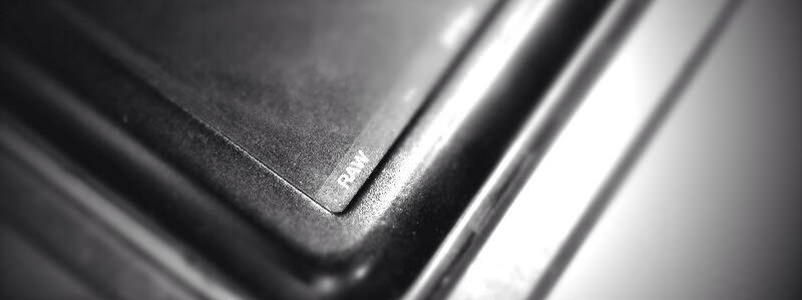John Brawley has released the first (ever) CinemaDNG RAW files from the Blackmagic Pocket Cinema Camera, a feature that was promised since its announcement, but has yet to be implemented via the firmware. It's coming soon, since the firmware has entered its second beta-stage during which the select few users are allowed to talk about it.
First some technical details on the CinemaDNG files. The compression on the frames is variable, each DNG frame weighs in at 2.0 to 2.4MB. John has so far only shot on the Sandisk Extreme Pro 95MB/s cards. Based on 2.4MB per frame the RAW recording will run at around 60MB per second (which is ~480Mbps), so I don't expect slower cards to work. One 64GB card will carry around 20 minutes of footage.
You can download the CinemaDNG files here.
Below I've placed the stills from John Brawley. First the ungraded example, followed by a quick graded example. The quick grade was done using Photoshop Camera RAW, and was meant to show how the footage can be stretched. Click on an image for fullsize. Please be noted - these fullsize images are maximum quality JPG files and weight in at (well) over one megabyte each.
With this grade I've tried to push the colors and dark parts of the image. I tried loosely to approach the colours as seen in the shots at around 1m52s in this Great Gatsby VFX reel.
These images show clearly how much details are still hidden in the overexposed areas. This is a huge advantage over the ProRes files, from which I found it practically impossible to retrieve details from the overexposed highlights. While shooting ProRes you need to expose to retain highlights. With CinemaDNG RAW the stress is a little less, and it's even more forgiving - which isn't such a bad thing considering the quality of the display in bright (day)light.
This shot is a little less obvious, there is enough details left in the highlights to pull them down even further. But that would also result in less perceived depth in the image.
Just a slight increase in colour, a little added sharpness.
Another look at what can be retreived from the slightly too light parts and bring the imaged to a more balanced picture.











